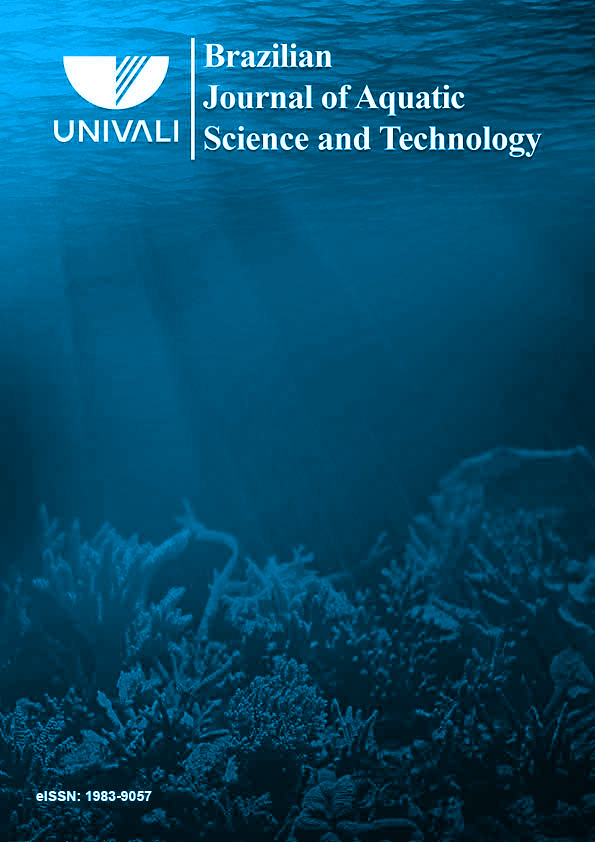

Studying plantations and other restoration strategies for mangrove forests is important to understand the dynamics of this ecosystem and enhance such strategies. Size can be one of the most important characteristics for propagules success. Some studies state that larger seedlings can resist more and have greater survival than smaller seedlings. Therefore, this study aims to analyze the germination and development of Rhizophora mangle L. propagules at an in situ plantation in the mangroves of the Guapi-Mirim Environmental Protection Area. A total of nine plots were delimited with spacing of 4 meters by 1 meter each in which Rhizophora mangle propagules were separated into small and large groups and planted. Their germination and development were subsequently monitored for a period of 6 months. The diameter (cm), height (m) and initial weight (g) of the propagules and the increase in height (m) and diameter (cm) at 76, 93 and 154 days after planting were measured. Periodic observations were made approximately every 20 days in order to quantify the rate and type of mortality (predation, water current carriage and drying) and to monitor time (in days) of pairs of leaves opening. There were no differences between the propagules according to the size for the opening time of leaf pairs, nor for the mortality rate. The increments in diameter and height were larger for the small propagules in the first development periods, but not in the last ones. The large and small propagules did not show significant differences in diameter or height at 154 days. There was high mortality of small propagules due to predation and/or water current carriage (47.3%) after 76 days, while the mortality for large propagules was higher due to desiccation (22.2%) at the same period. The results, in general, suggest there was no difference in the survival and development of the propagules related to size, as they were more affected by local ecological conditions.






Ciências Ambientais, Ambientes Aquáticos e Costeiros.
BJAST adota a política de publicação contínua de artigos. Assim, sempre que um manuscrito for aprovado para publicação, estará imediatamente disponível para leitura.

